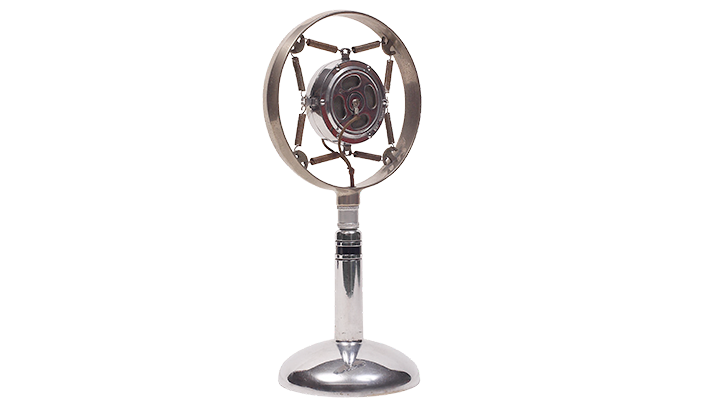The construction of a microphone will give it different characteristics and may mean that some microphones will need power to function.
Dynamic Microphones
In a dynamic microphone, the diaphragm that responds to sound waves is fixed to a coil of wire that moves between two magnets. When this wire passes through the magnetic field, a small voltage is induced in the coil. The sound waves have now been converted into electrical signal! This voltage is sent to your pre-amps which covert it into a larger signal.
Condensor / Capacitor Microphones
The clue here is in the name. Capacitor microphones are made from a conductive diaphragm placed in close proximity to a conductive solid plate. They are separated by a small air gap. This construction acts as an electronic component called a capacitor. As the diaphragm moves, the distance between it and the solid place changes, altering the capacitance of the circuit. This is interpreted and converted by the circuit into a signal which is sent to your connected equipment. This type of microphone requires power to work (48v). Most modern equipment is equipped to provide this power, known as Phantom Power.
The Difference
Because of their lightweight construction (relatively speaking), the sensitive diaphragm in condenser microphones can follow sound waves more accurately and have the widest frequency response. Dynamic microphones are considered to be a much more robust microphone. Useful on stage with heavy handed singers. Thought as sensitive, some consider dynamics to produce a richer sound when used with vocal artists and good dynamic microphones will sound very good.

